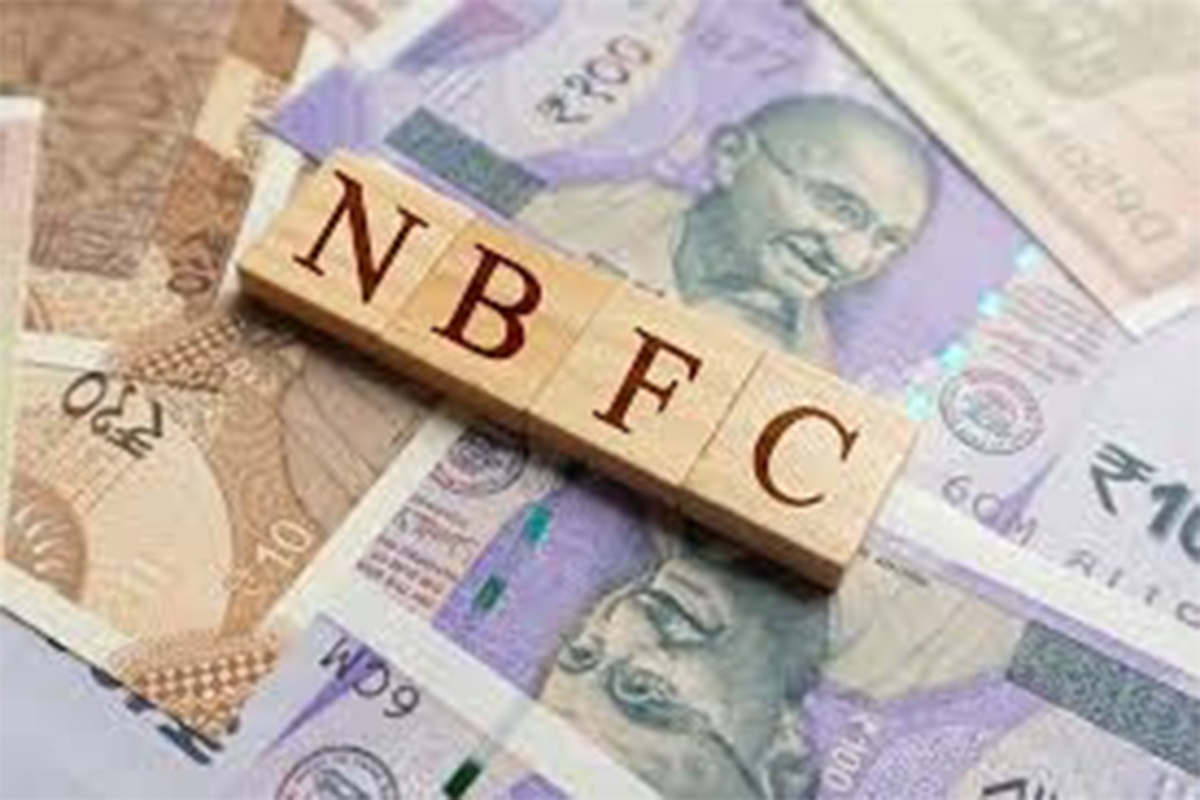Non-banking finance companies (NBFCs) are likely to witness higher credit cost during the current financial year due to the disruptions on account of the second wave of COVID-19, according to a report.
The second wave of COVID-19 to adversely affect asset performance with credit costs expected to remain high in FY21 and FY22, Care Ratings said in the report.
Advertisement
It, however, said the impact is expected to be lesser in low-risk retail secured loan book, while more in the high-risk unsecured lending business.
The report said asset quality metrics across the sector is expected to remain supported in FY21 by the Reserve Bank of India’s restructuring schemes, moratorium announced from March 2020 to August 2020 and economic revival post-September 2020.
For FY22, the agency expects some level of stress, especially in the loan portfolio under restructuring and those which were under moratorium.
The agency said its baseline scenario assumes that lockdowns will start easing from end-May. Also, the likelihood of support from the government or regulatory authorities have not been taken into consideration.
For housing finance companies, credit cost is expected to reduce going forward as the mortgage lenders have already made more than sufficient provisioning in the last couple of years and the business remains resilient, the report said.
It expects HFC’s credit cost to at 0.7 per cent in FY21 and 0.3 per cent in FY22.
Credit cost for Commercial Vehicle (CV) finance segment will increase marginally to 2.2 per cent in FY22 from the expected 1.9 per cent in FY21.
The agency said the microfinance segment will see credit cost moderating to 5 per cent in FY22 compared to an estimate of 6.5 per cent in FY21.
Microfinance has proven to be a resilient asset class as demonstrated in the past. Furthermore, a large proportion of the overall portfolio (close to 75 per cent) is in rural areas and catering to essential services, it said.
The asset quality is expected to improve once the pandemic starts subsiding and may take 3-4 quarters to normalise, the report said.
Gold loans have seen minimal COVID-19 impact due to the liquid nature of the collateral. The segment credit cost is likely to be 0.3 per cent in the current year as against an expectation of 0.4 per cent in FY21, the report said.
Asset quality in the segment will remain stable during FY21 and FY22 as the slight increase in gross stage 3 assets in the non-gold segment will be offset by the growth in the gold segment during the year, it said.
The agency said the credit cost of the consumer finance segment is expected to remain high at 5.3 per cent in FY22 compared to an estimate of 5 per cent in FY21.











